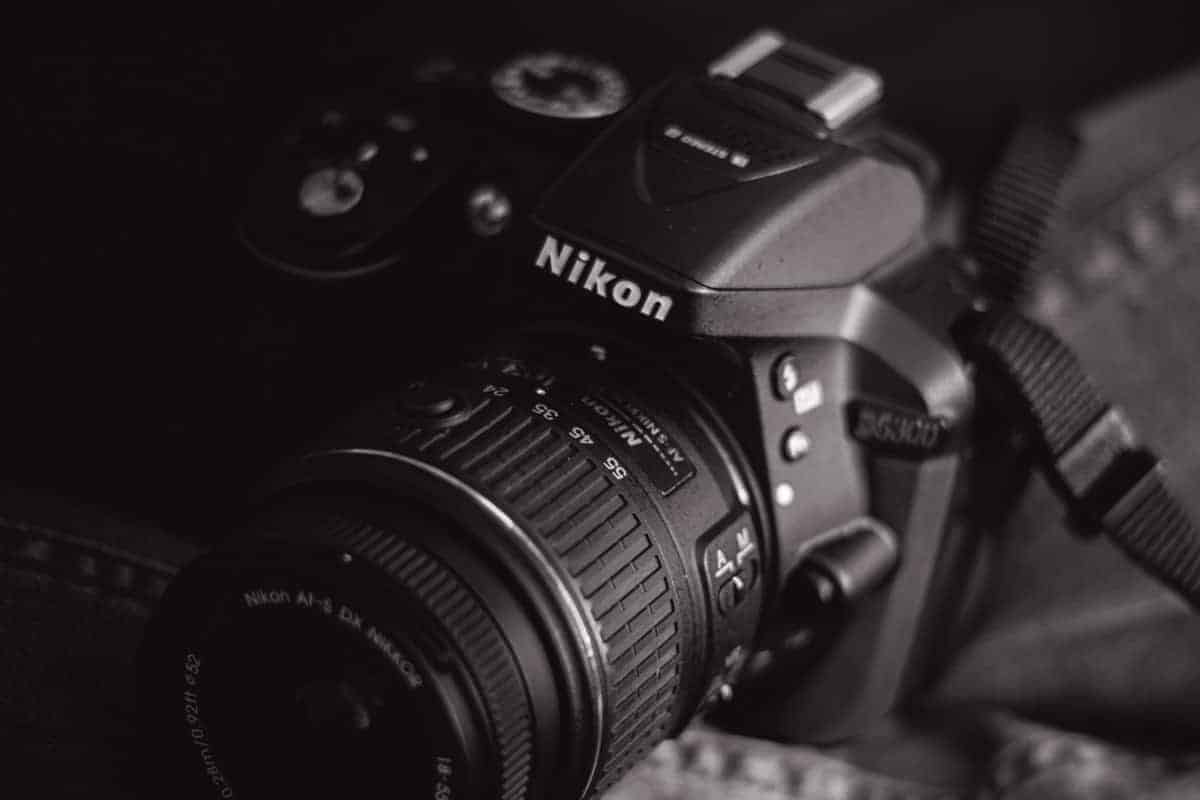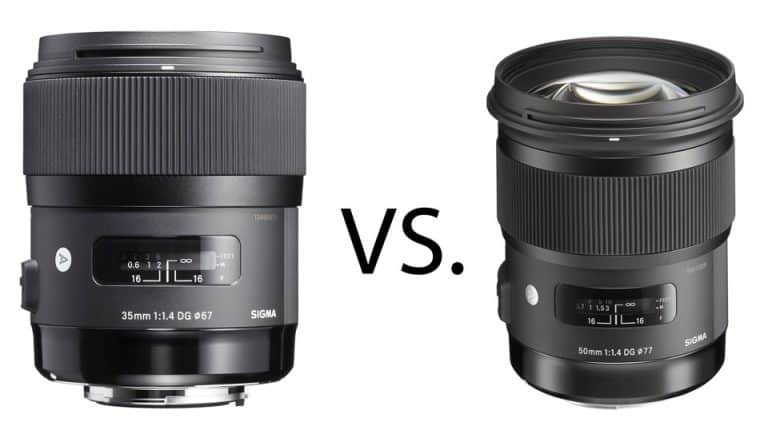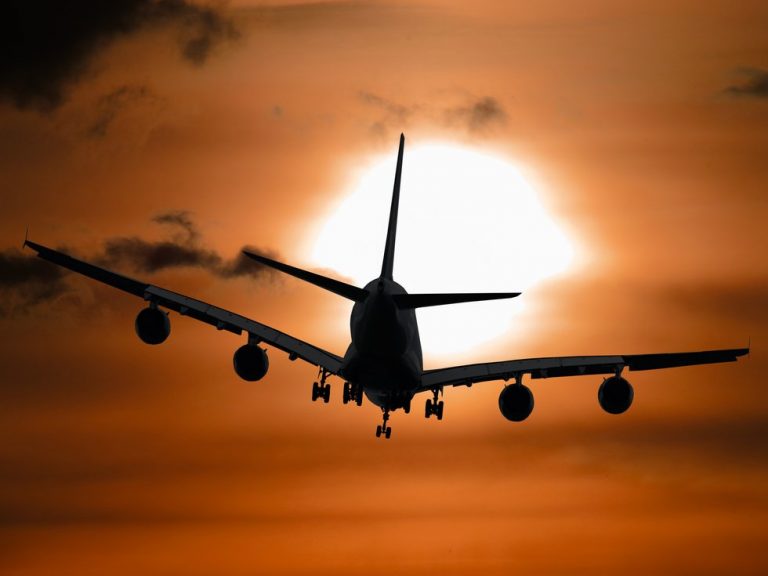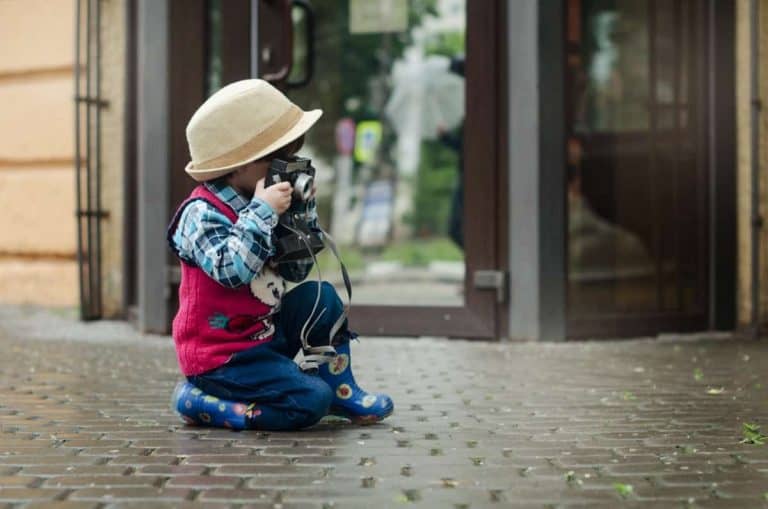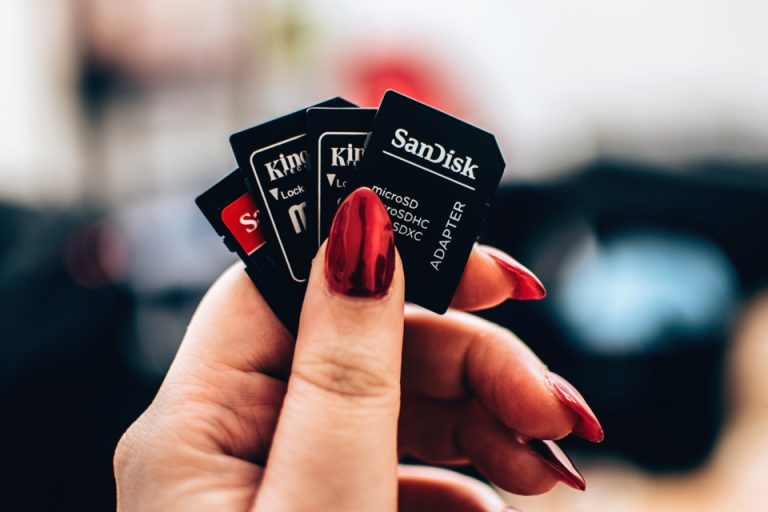What’s the best Nikon camera on the market?
The better question is what is the best Nikon camera for you! You are in the market for a new model. Two questions are likely top-of-mind: which are the best Nikon cameras and how much is this going to cost me? Follow along as I break down some considerations for finding your next new camera!
Outlining Your Camera Needs
The question isn’t just what is one of the best cameras. The real question is “Which is the best Nikon camera for me?” Knowing how you’ll use it and what demands you will place on it will help you make a more informed decision and hopefully let you find the perfect one to fit your needs, lifestyle and budget!
You wouldn’t choose a Lamborghini to transport four kids to daycare each morning. Nor would you purchase a minivan if you intend to do a lot of travel off-road in the backcountry.
We purchase cars, clothes, shoes and other goods largely based on how those goods will be used. So too, should it be with buying a new camera. When choosing one of the best Nikon DSLRs, the first question you need to ask yourself is what will I use this for?
Phone Camera
Best for snapshots of your children, family or events, or for personal use or on social media. They are small, lightweight and easy to tuck in a pocket and are fully automated. Just smile and snap away!
Semi-Professional and Professional
Best for all of the above AND you want to print these shots in slightly larger sizes, edit them in greater detail OR you want more creative control over your image. DSLRs and a mirrorless camera does a better job of stopping action and can make use of external and off camera flash. They also offer interchangeable lenses allowing you to zoom and magnify.
Best for all of the above AND you want maximum editing abilities, need to shoot in very low lighting conditions and will sell an image to clients, especially large format prints like canvases and metals. A professional model also gives you more buttons and scroll wheels on the body itself, allowing you to rapidly adjust exposure or other image controls.
I’m going to assume that since you are on a photography education website, you are considering a purchase beyond a cell phone or point-and-shoot model. And since this article is about Nikon DSLR cameras, we will focus on that brand in particular. Keep reading and I’ll give you my picks for best Nikon cameras for professionals and semi-professionals.
But first…
Should you upgrade your camera? Read our article for food for thought!
Nikon vs. Canon
Ahhh, the age-old debate. I’ll tell you the truth…it doesn’t really matter which you choose, other than to the company’s bottom line. Both manufacture great cameras, loved by amateurs and pros alike.
As does Sony, Olympus, Pentax and some others. But these are the big two, the Coke and Pepsi of the photography world. Which one is better is largely a matter of personal preference. You really won’t go wrong with either brand.
To help you decide, find a local store and spend some time picking up and holding the cameras. See if one fits your hands or body type better. Also think about if there is a local dealer close to you. Having a repair and service shop that deals in your brand can save mailing your cross country or a long drive in the car for service.
I’m Team Nikon simply because my model at my day-job was one and I didn’t want to learn a new system when I replaced my 35mm film camera. I love my Nikons and have found them to be high quality, durable and capable of producing an amazing image.
You should know, however, that lenses, batteries and other accessories aren’t interchangeable, so consider this a long-term relationship. So be prepared to show your chosen new brand love for a long time.
Crop-sensors vs. Full Frame
Just like there is no real top Nikon camera, there is no designation of a “professional” grade camera. Professional photographers, that is, photographers who are paid for their work shoot iPhones, DSLR cameras and everything in between.
It is not a specific make or model that makes you a professional photographer. It is your understanding and use of exposure, posing and all the other elements of photography that sets your work apart. It’s just a tool.
When folks talk about a semi-professional camera, however, they are generally referring to a crop-sensor camera. Nikon calls these DX cameras. The term professional cameras usually means a full-frame camera, called FX by Nikon.
DX bodies, or crop sensor bodies have a smaller physical sensor than a full-frame FX camera. This translates into a smaller field of view. So if I’m shooting a scene with an FX-format D850 and a DX format D7500, the D7500 will capture a tighter field of view.
This also means that a DX body effectively increases the focal length of any lens used on it. The difference in focal length is known as the crop factor. Nikon DX bodies have a crop factor of 1.5. So crop sensor cameras give a regular lens a virtual telephoto effect, because a 50 mm lens on a DX crop sensor will appear like a 75 mm lens.
| Lens focal length | Focal Length on FX | Focal Length on DX |
| 50 mm | 50 mm | 75 mm |
| 100 mm | 100 mm | 150 mm |
| 200 mm | 200 mm | 400 mm |
There are pros and cons to both systems. The important thing is to understand the difference so you can make fair comparisons.
Still not quite sure? We’ve got more info here!
Entry-level Nikon D3500
If you’re just getting started in the world of digital photography and want an entry-level DSLR, you can’t go wrong with the [amazon link=”B07GWKDLGT” title=”Nikon D3500″ /] (about $400, new).
This is entry-level model is light-weight, inexpensive and is more than ready to handle anything but the toughest lighting situations. This is the camera I recommend to friends and family when they want a model that goes beyond their cell phones.
The D3500 features a crop-sensor with 24.2MP (megapixels). It’s designed for beginners and new photographers will find it fairly intuitive to use. It comes with a guide mode that helps walk you through the basics of using the camera.
The buttons are pretty simplified so you don’t get confused about which one does what and there’s little chance of pressing a button you didn’t mean to.
In terms of quality, this little model does a bang-up job. In real-world continuous shooting, it delivers a sharp, vibrant, high-quality image. This model will allow you to shoot in RAW if you’re needing some additional creative control and editing range, but the RAW files are slightly smaller, though generally not noticeable to the entry-level user.
In good light with the same lens, its image stack up with those of more expensive, fancier models. I have no problems reaching for the little brother of this camera, the Nikon D3300, if I want to travel easy and quickly, or when I’m hiking or at the lake and don’t want to risk my “big” camera.
The D3500 also shoots images and shots at 5 frames per second and offers a video recording mode, even though it’s not 4K video recording. The drawbacks for most folks of this model will be its lack of a tilting touchscreen, lack of 4K video recording and it’s slightly bulkier size compared to a mirrorless model or a cell phone.
Advanced users who want complete creative control will also find it hard and slow shooting images or shots in manual mode. Setting aperture requires pressing a button and using the scroll-wheel and changing ISO requires going into the menu.
Other Entry Level DSLR include:
Nikon D3400
The Nikon D3400 is one of the best high quality entry-level DSLRs if you want to invest in a first product that can take many shots and images for years. With a 24.2mp sensor and no-optical low-pass filter, you can capture a rich and vibrant, high quality image.
This DSLR boasts an EXPEED 4 Image processor, complete manual exposure controls, and ISO of 100 to 25,600. These features give you versatility when shooting your images or shots in low light conditions.
At a reasonable price, you’ll get 1080p full HD video capture, small optical electronic viewfinder, well-placed dials, and user-friendly interface.
Nikon D5600
With a battery life of about 970 shots or images per charge, this DSLR can support your all-day photography and videography projects. One of its best features is the built-in HDR that takes a image with a wide dynamic range.
Reinforced by the viewfinder that minimizes the sunlight’s effect, you can maintain HD high-quality image with a core focus on the background.
When it comes to image quality, the D5600 features 39 focus points, allowing you to capture subjects from anywhere in the frame. Thanks to its EXPEED processor, autofocus system, and a wide range of ISO, you can shoot cinematic clips with a sharper focus and soft-blurred background.
Best Compact Nikon Camera
Some people prefer compact models over DSLR because of weight and size factors. If you are a novice photographer or someone who does simple point-and-shoots, here are the top-rated compact models for you:
Nikon KeyMission 80 HD
If you want a rugged and durable camera, then the [amazon link=”B01LYI69YB” title=”Nikon KeyMission 80 HD” /] is perfect for your adventure needs. The amazing part is that it can survive a five-foot drop into the water, as well as temperatures as low as 14 degrees.
Furthermore, it makes use of a one-hand operation design, making outdoor shoots convenient. With the addition of the 12.3 megapixel CMOS sensor and quick shooting speed, you can record 1080p videos and create time-lapses image.
Because of its slim and rectangle shape, you can easily slide it into your pocket for portability.
[amazon box=”B01LYI69YB” template=”horizontal”]
Nikon Coolpix B500
The [amazon link=”B01C3LEE9G” title=”Nikon Coolpix B500″ /] optimizes super-telephoto NIKKOR lenses that allow you to shoot 1080p video. At 16 megapixels, it can shoot a high quality image with vibrant colors, proper exposure, and excellent saturation. Although it offers a range of shooting modes, there’s no manual control and it can’t shoot in RAW image format.
Even if this is a compact camera, image quality is not a problem because of the seven sensitivity settings ranging from 125 to 6400 ISO. Other useful features include a 3.2-inch tilting screen, built-in WiFi connection, SnapBridge technology, and Bluetooth link.
[amazon box=”B01C3LEE9G” template=”horizontal”]
Best Semi-Professional Nikon
- Nikon D500
- D7500
- D5200
- D5500
Some folks call these models enthusiast cameras. Others refer to them as prosumer. Whatever name you want to give them, this group falls between the camera and the point and shoot-model market. Don’t think that means they are subpar models, though.
These models have great sensors and speed and are more than capable of shooting a pro-level image. When compared to a full-frame camera, however, they don’t handle low light or higher ISOs quite as well, their sensors are smaller and they lack of some of the external controls pros rely on to speed up their work flow.
Top Pick: Nikon D7500
My top pick for the best semi-professional Nikon DSLR camera is the [amazon link=”B06Y5ZCFHX” title=”Nikon D7500″ /]. The D7500 packs a lot of features into a low price, at less than $900. This model has a 20 MP sensor, but can shoot better at higher ISOs than other models that came before it.
It also shoots 8 frames per second, which is faster than the Nikon D750! My other favorite parts about the D7500 are weather-sealing, its easy to use scroll wheels and buttons to change exposure settings and the flipping LCD touch screen.
The downside of the D7500 are few for your average semi-professional user. While the D7500 does have 51 focus points, they don’t go edge to edge. So you may still have to do some focus and recomposing.
It also lacks a second memory card slot, there isn’t an option for an extra battery grip and the live focusing feature is slow. The tilt-screen also doesn’t tilt as flat as my D750, making it sort of a pain to shoot overhead.
But these features aren’t don’t outweigh its speed and performance. It’s a great camera that will suit lots of different types of photographers perfectly. You can (and some pros do) use this camera like on a professional photo shoot.
The images are outstanding, it shoots sports and action quite well and as mentioned before, it shines at higher ISOs. When you consider the crop factor of 1.5, it gives you a little more reach out of your lenses making it a great choice for wildlife and even sports.
If you aren’t ready to step up to a full frame camera yet, that’s okay. You can absolutely still produce a pro level image on crop sensor body like the D7500.
[amazon box=”B06Y5ZCFHX” template=”horizontal”]
For more options, I suggest looking into the following DSLR:
Nikon D500
As a mid-range camera, the [amazon link=”B01A7Q0J3Y” title=”Nikon D500″ /] features a sensor that’s full frame and an ISO sensitivity of 100-51,200 for low-light conditions. Because of its EXPEED 5 sensor, its 10 fps frame rate can video record a whole 4k video for 30 minutes.
With the help of the optical viewfinder, you’ll get a very bright and clear view of the subject you’re shooting. There’s even a blind that can block any lighting from entering the viewfinder.
This model offers a wide variety of shooting conditions, letting you experiment with the image colors, vibrancy, and details. Additionally, there are Picture Controls that serve as preset combinations of brightness, contrast, sharpening, saturation, and hue.
[amazon box=”B01A7Q0J3Y” template=”horizontal”]
Nikon D5200
The [amazon link=”B00AXTQQDS” title=”Nikon D5200″ /] is a 24.1 megapixel DSLR camera that can record 1080p video and a noise-free JPEG image. It also brags great night photography capacity, with a maximum shutter speed of 30 seconds and bulb mode to capture plenty of light in your image.
With an HDR mode, you can expand the dynamic range of your image by merging two images with different exposures. Since it follows the typical DSLR design of having a shooting mode dial, you can use advanced modes like Aperture Priority, Shutter Speed Priority, and Manual.
More than that, this DSLR features a high resolution three-inch LCD screen that allows you to compose an image from various angles, while the ISO range supports all your lighting conditions.
[amazon box=”B00AXTQQDS” template=”horizontal”]
Best Nikon for Professionals
I’d like to tell you once you’ve decided on a professional camera that the decisions get easier. But again, there are lots of choices and tradeoffs to consider, including speed, price, MPs and even sometimes availability.
- D850 – tons of MP and an amazing af system (about $3,300 new)
- Z6 – Nikon goes mirrorless with this full frame (about $2,000 new)
- D750 – full-frame without breaking the budget (about $1,800 new. Read our D750 review here!)
- Nikon D5 – the professional flagship camera (around $6,500 new. Read our D5 review here!)
Top Pick: Nikon D850
My top pick for the best Nikon cameras for professionals is the [amazon link=”B07524LHMT” title=”Nikon D850″ /]. This FX DSLR came on the scene in 2017 and has quickly become a favorite of portrait, wedding, sports and even wildlife photographers.
The pros of this camera are its image quality and amazing auto focus system. The D850 offers 45.7MP in resolution, 7 frames per second shooting and dual memory card slots.
It also offers silent mode, perfect for shooting in stealth mode at weddings or wildlife watering holes. The tilt-touch screen is an upgrade from several existing models and the optical viewfinder is easy and comfortable.
This camera’s lowest ISO setting is ISO 64, which gives it the biggest dynamic range of any Nikon out there. Pros who shoot this camera full-time say they can recover up to two-and-a-half stops of blown highlights or shadows in an image from this camera.
If video recording capabilities are a consideration, don’t worry. The D850 shines there, too. It can shoot a video up to 30 fps in 4K and 60 fps in HD. Nikon also added the MP4 video format and other new, video-specific features to the D850. I didn’t try that feature specifically, but folks also rave about its time-lapse capabilities.
The drawbacks of this camera are the cost (about $4,000 new) and a slow autofocus when in live view. It’s also bulkier than many of the mirrorless cameras and the 45 MP size files take up a lot of room on your memory card and external storage. Otherwise, this camera is fast, accurate and a true pleasure to shoot.
[amazon box=”B07524LHMT” template=”horizontal”]
Here are some top picks to get you started researching Nikon professional grade DSLR:
Nikon D5300
The Nikon D5300 is the enhanced version of the D5200 with a higher price tag. Although in terms of functionality, the [amazon link=”B00FXYTCVG” title=”Nikon D5300″ /] is a better option for professional users. For starters, its 24.2mp capacity with no optical low-pass filter records full HD video at 50p, 60p, and 1080p.
This DSLR also produces noise-free JPEG shots at ISO 100 to 1600. Since it features an ISO Sensitivity Auto Control, the D5300 can adjust the sensitivity if it can’t hit the proper exposure based on your settings.
With a 39p high-density autofocus, this DSLR can stabilize and capture subjects immediately. Paired up with a 2,016 RGB sensor, it uses 3D tracking to recognize subjects in a moving environment.
[amazon box=”B00FXYTCVG” template=”horizontal”]
Nikon Z6
The [amazon link=”B07GPRSYG8″ title=”Nikon Z6″ /] shares almost the same features as the Z7. Still, it has its own charms like a 24.5mp full-frame sensor that captures the subject’s finest details. Armed with an automatic white balance, this DSLR provides a range of lighting conditions, including artificial light.
One of the best features is the in-body image stabilization, which keeps your shots sharp even if you’re shooting handheld with longer shutter speeds. If you want to do night photography, there’s an optional long-exposure noise reduction function that can filter hot pixels.
[amazon box=”B07GPRSYG8″ template=”horizontal”]
Best Camera: Our Top Picks for 2018 and Beyond
Camera vs. Photographer
The best Nikon cameras with all the bells, whistles and MPs in the world don’t do you any good if you don’t know how to use them correctly. Remember that a camera is only as effective as the operator and that it is the photographer that makes the photo, not the gear.
Before you drop a paycheck or two on a camera upgrade, make sure you know what it is you want, need and know how to use or are willing to learn how to use it.
In many cases, what’s holding you back isn’t your gear but your understanding of how to get the most out of it. Only when you commit to upgrading your knowledge does it make sense to upgrade your equipment, too.
Happy clicking!


